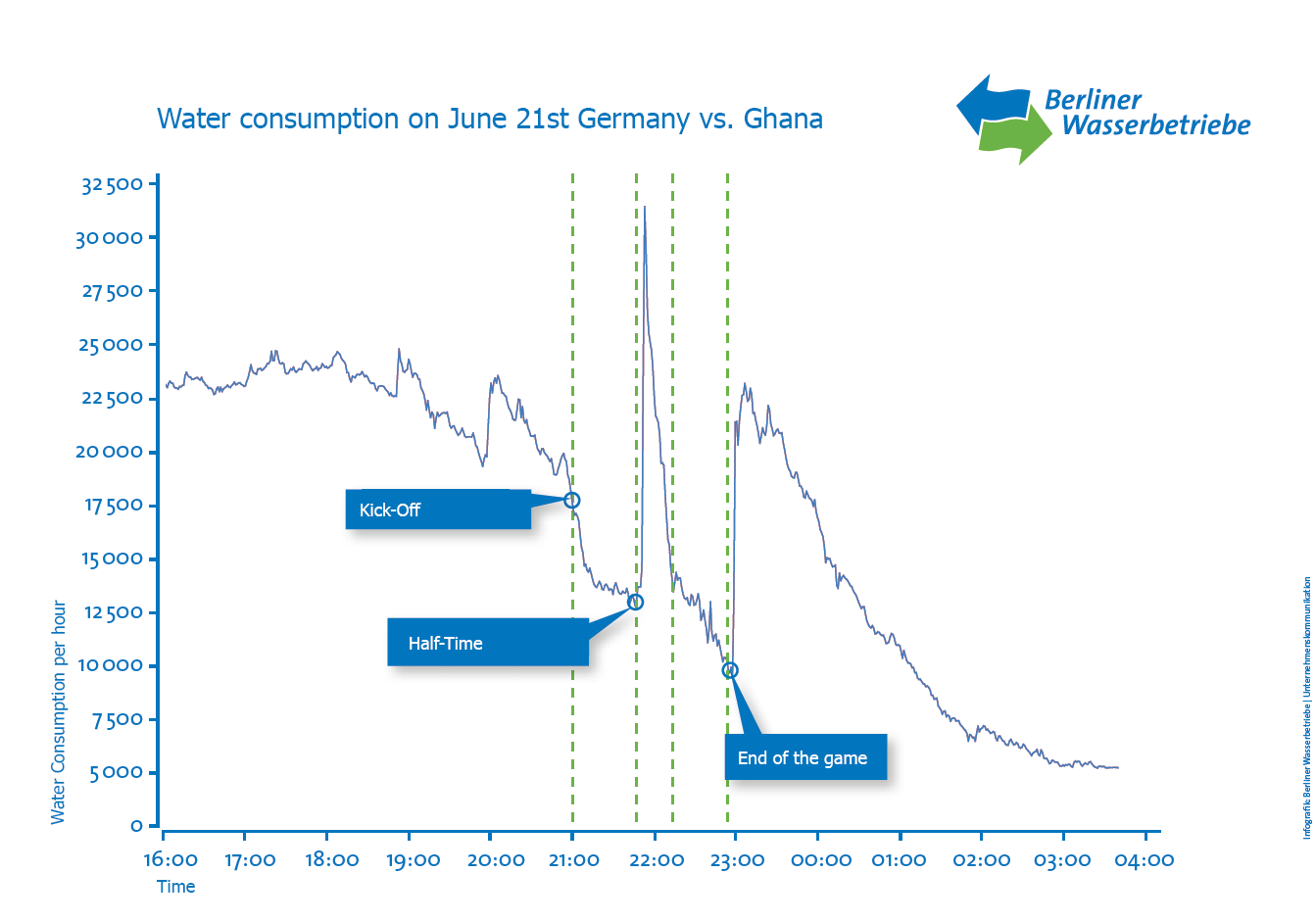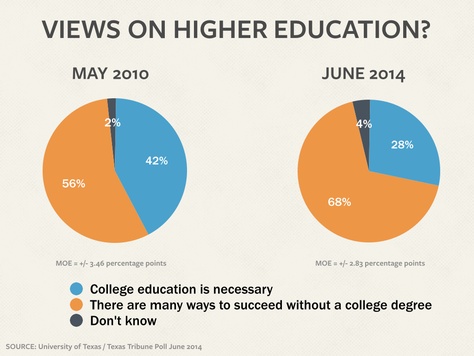From the Ch2M-Hill
website. Three important points - (1.) Bits and bytes play an increasingly important role for the utility sector in terms of information, better decision making, and superior customer service; (2.) Walking down the Smart Cities Path is highly multidisciplinary - concrete, communication, and connectivity; and (3.) Machine to Machine (2M) connectivity will be huge - just image all the machine-to-machine environments you have in a water treatment plant.
"Qualcomm Incorporated (NASDAQ: QCOM) recently announced that its subsidiary, Qualcomm Technologies, Inc., CH2M HILL and the City of Cincinnati have been collaborating with the intent to develop sustainable connectivity solutions leveraging machine to machine (M2M) cellular technologies that will help water utilities improve water quality, receive reliable information and manage water resources in the city of Cincinnati. Providing a safe, reliable water supply is one of the critical drivers of health and economic success and according to the Environmental Protection Agency. Global water consumption has tripled in the past 50 years creating one of the most critical natural resources constraints in the world.
“Improving water infrastructure and distribution management is an important part of Qualcomm Technologies’ Smart Cities and Internet of Everything vision,” said Peggy Johnson, EVP and president of Global Market Development, Qualcomm Technologies, Inc. “Our technology teams have been working to solve both connectivity and communications challenges that are unique to water resource management systems by enabling solutions that are secure, reliable and support long battery life operation. Our collaboration with CH2M HILL demonstrates our commitment to utilize our robust wireless technologies to provide connectivity solutions to enable Smarter Cities.”
The City of Cincinnati awarded CH2M HILL a Water Technology Innovation project to design and implement an Integrated Water Connectivity Solution for sustainable water resource management. The solution will enable Cincinnati to collect actionable information from its water system in a timely manner to improve water quality and facilitate the management of its water resources.
“For years, Cincinnati has led the industry in innovative water technologies to manage its water supply, protect public health, and reach the city’s sustainability goals,” said Ken Thompson, CH2M HILL’s Intelligent Water Solutions deputy director. “While there are many potential solutions that can address water infrastructure challenges in the United States, introducing new technologies, such as machine-to-machine (M2M) technology in our water and environmental systems, will transform the water industry and give utilities, like Cincinnati, a powerful tool to collect, process, and analyze what is happening throughout their water systems. This technology being implemented by Cincinnati, will serve as a model for other U.S. utilities looking to invest in water resources for economic and environmental benefits.”
“Cincinnati is faced with the challenges of aging infrastructure, combined sewer overflows, and declining water usage,” said Tony Parrott, executive director of Greater Cincinnati Water & Wastewater. “We need a game changing technology to deliver the kind of exceptional service our ratepayers deserve, and we feel that by investing in machine to machine connectivity solutions we are helping to revitalize our community, create jobs, and protect public health.”"


























